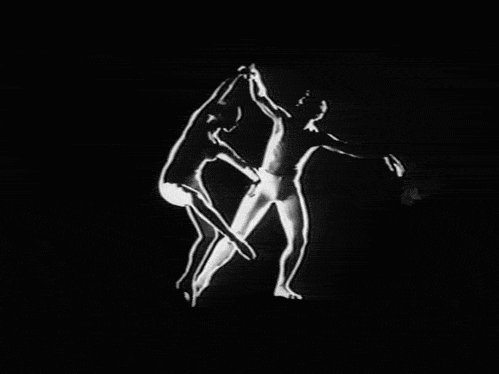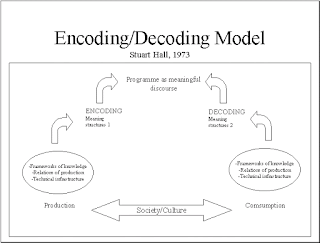Animation and Motion Design
It is thought that within print based texts, the design element is viewed at the viewers discretion generally top to bottom, left to right. However, with animation, the moving image provides action and our eyes are naturally drawn towards action.

Where we see animation and motion design
- Advertising for example TV, Cinemas, Billboards, Bus stops, tram stations
- Film- Title sequences,visual effects, graphics and credits, animation features.
- TV- title sequences, visual effects, children's TV, music videos, end credits, straps, strings and news
- Web- websites, adverts, tutorials, apps, games, stories
- Mobile phones and HHD's- apps, games, siri, operating system, books
- Consoles- games
- galleries and museums- exhibits, information
- Digital signage (non- advertising) in airports, aeroplanes, bus stations, strain stations, universities, public buildings
We use motion deign to grab an audiences attention, tell stories, convey movement and rhythm. As well as to keep audiences engaged, gain understanding and to quickly communicate information concisely
Types of animation
- Flipbook (zoetrope, praxinoscope etc)
- Stop Motion
- 2D Animation traditional hand drawn
- 2D Animation computer based
- 3D Animation computer based
- Visual Effects (different from Special Effects) blends animation and pre-shot footage
In 1981, two of the greatest Disney animators (Frank Thomas and Ollie Johnston) wrote a book called "The Illusion Of Life". In it, the audience was introduced to the "12 basic concepts of animation" that were used by the studio (since 1930) in an effort to produce more realistic animations. Although these concepts were developed for use in traditional animation, they remain unchanged nowadays—even for projects created digitally.
The basic concepts are:
- Squash and stretch
- Anticipation
- Staging
- Straight ahead action and pose to pose
- Follow through and overlapping action
- Slow in and slow out
- Arcs
- Secondary action
- Timing
- Exaggeration
- Solid drawing
- Appeal


Comments
Post a Comment